Are you a real history buff and are you looking for the best history museums to visit in Münster? These are the ones:
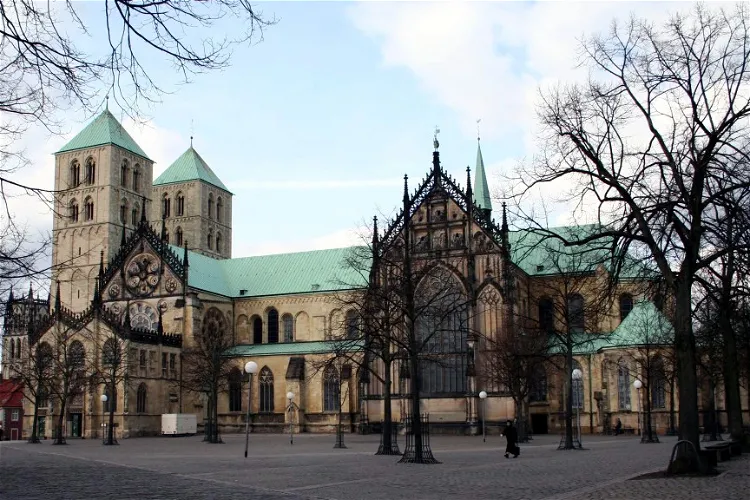
St. Paul's Cathedral, Münster
MünsterSt. Paul's Cathedral, also known as St.-Paulus-Dom, is a significant monument in the city of Münster, Germany. It stands as a testament to the city's rich history and architectural prowess. The cathedral's grandeur and prestige make it a notable point of interest for tourists visiting Münster.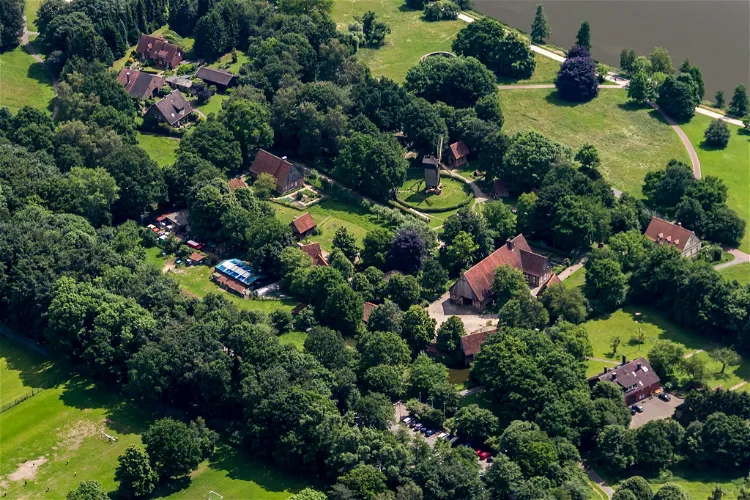
Mühlenhof Freilichtmuseum
MünsterThe Mühlenhof Open Air Museum Münster is conveniently located in the Sentrup district, making it easily accessible for tourists. Its proximity to other attractions such as the Aasee, the All-weather Zoo, and the LWL Museum of Natural History makes it an ideal stop for those looking to explore the cultural and natural history of the region.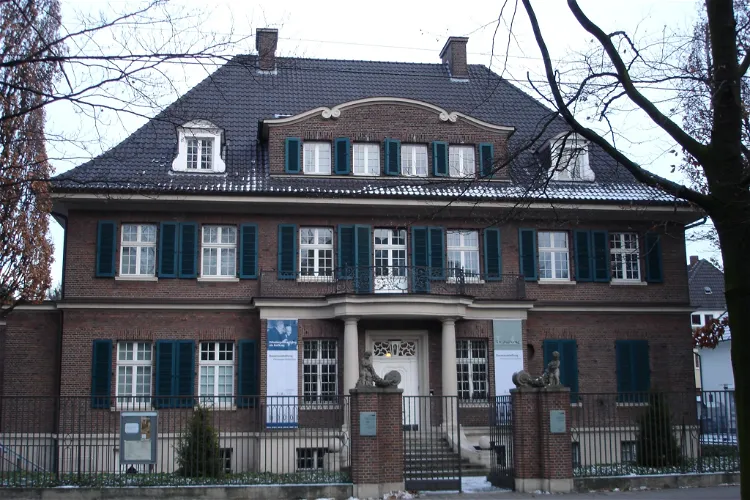
Villa ten Hompel
MünsterThe Villa ten Hompel, located in the city of Münster in the German state of North Rhine-Westphalia, serves as a memorial site. It is dedicated to the offenses committed by the police and government administration during the National Socialist period. This historical site provides a unique insight into the past, allowing visitors to learn about the role of the police and government administration during this time.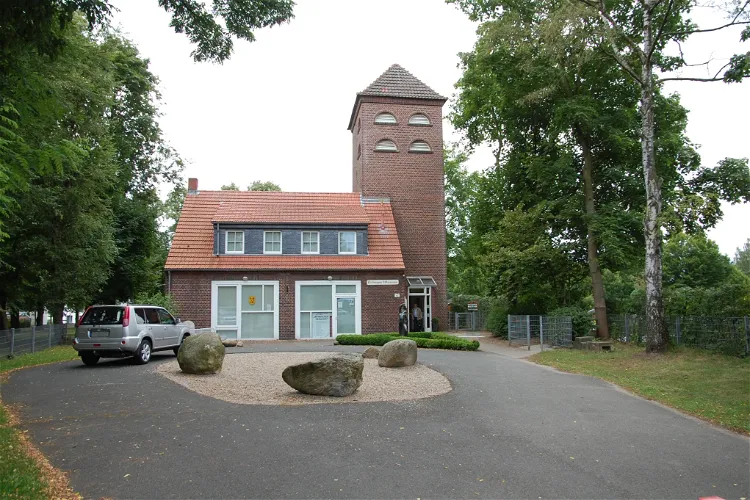
Hiltruper Museum
MünsterThe Hiltruper Museum, situated in the Hiltrup district of Münster, is a Westphalian local history museum. It was established in 1984 by the local history association, Heimatfreunde Hiltrup. This museum is a testament to the rich history and culture of the region, offering visitors a glimpse into the past.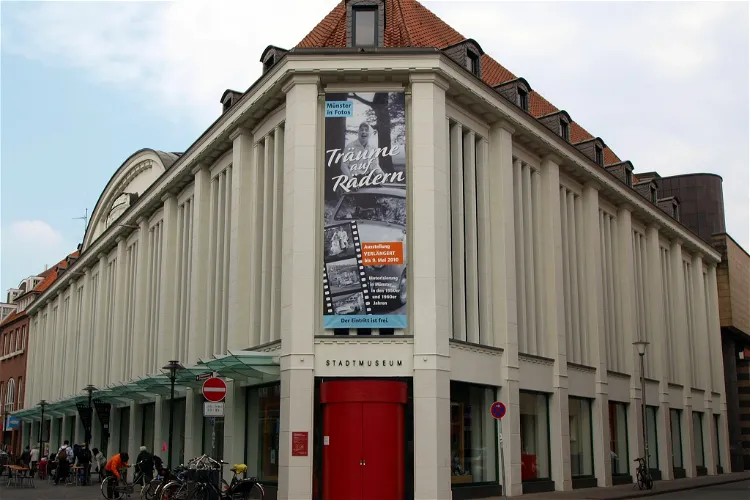
Stadtmuseum
MünsterThe Stadtmuseum Münster, established in 1979, is dedicated to the history of the city of Münster. It provides a comprehensive overview of the city's past, making it an interesting destination for those interested in learning about the city's history.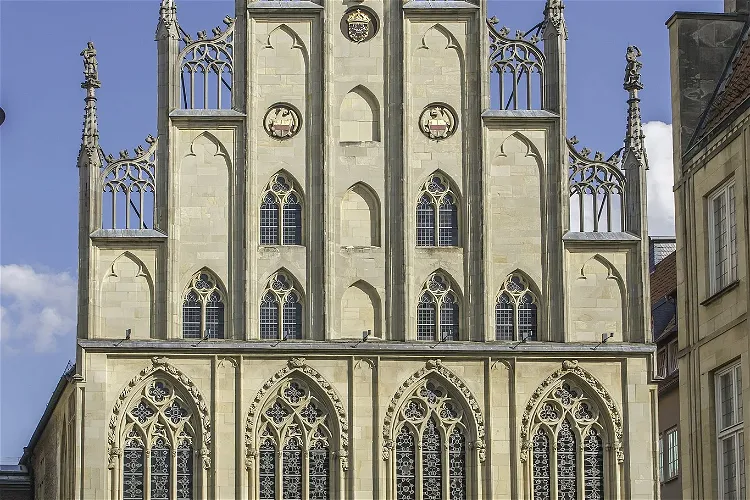
Historical City Hall of Münster
MünsterThe Historical City Hall of Münster, located in Prinzipalmarkt street, is a significant landmark in Münster, Germany. It has been the historic seat of the mayor and the city council for centuries. This Gothic-style building from the 14th century was destroyed at the end of World War II and was subsequently rebuilt. Today, it stands as a testament to the city's rich history and architectural heritage.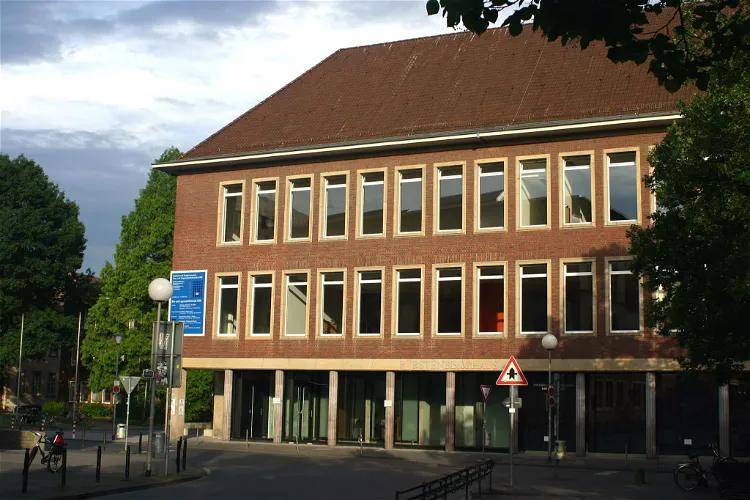
Archaeological Museum
MünsterThe collection of the Archaeological Museum of the University of Münster primarily focuses on the Greek antiquity. The exhibits span from the geometric era (1000–700 BC) through the archaic era (700–500 BC), the classical period (500–300 BC), the late classical period in the 4th century BC, the Hellenistic era (300–30 BC), up to the Roman imperial era (27 BC – 476). This wide range of exhibits offers visitors a comprehensive overview of Greek antiquity.
Westphalian Horse Museum
MünsterThe Westphalian Horse Museum Münster is conveniently located within the Allwetterzoo in Münster, Westphalia. This provides an added advantage for tourists visiting the zoo as they can also explore the museum without any additional cost. The museum's admission is included in the zoo's entrance fee, making it a cost-effective option for those interested in learning about the history and culture of horses in Westphalia.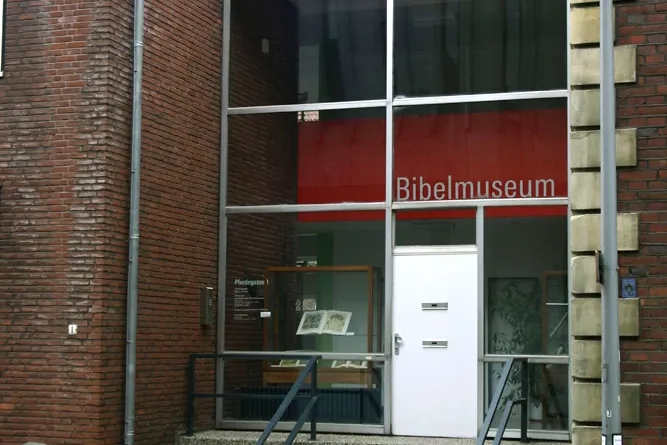
Bible Museum Münster
MünsterThe Bible Museum of the University of Münster is recognized as the most comprehensive museum dedicated to the history of the Bible in Germany. It offers a unique opportunity for visitors to delve into the rich history and evolution of the Bible through its extensive collection.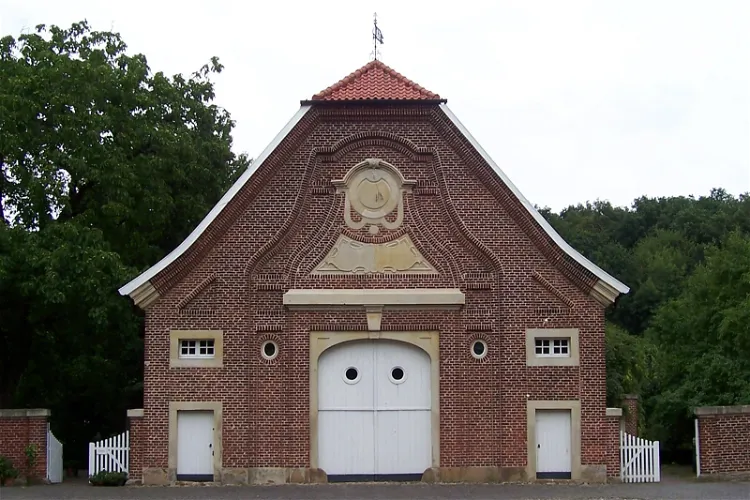
Haus Rüschhaus
MünsterHaus Rüschhaus is a historic residence and museum located in the district of Nienberge, in the municipality of Münster, Germany. This baroque-style building was constructed between 1745 and 1749 by the renowned architect Johann Conrad Schlaun. The house stands as a testament to the architectural prowess of the period and offers a glimpse into the past.- 11
Gallitzin-Haus
Münster